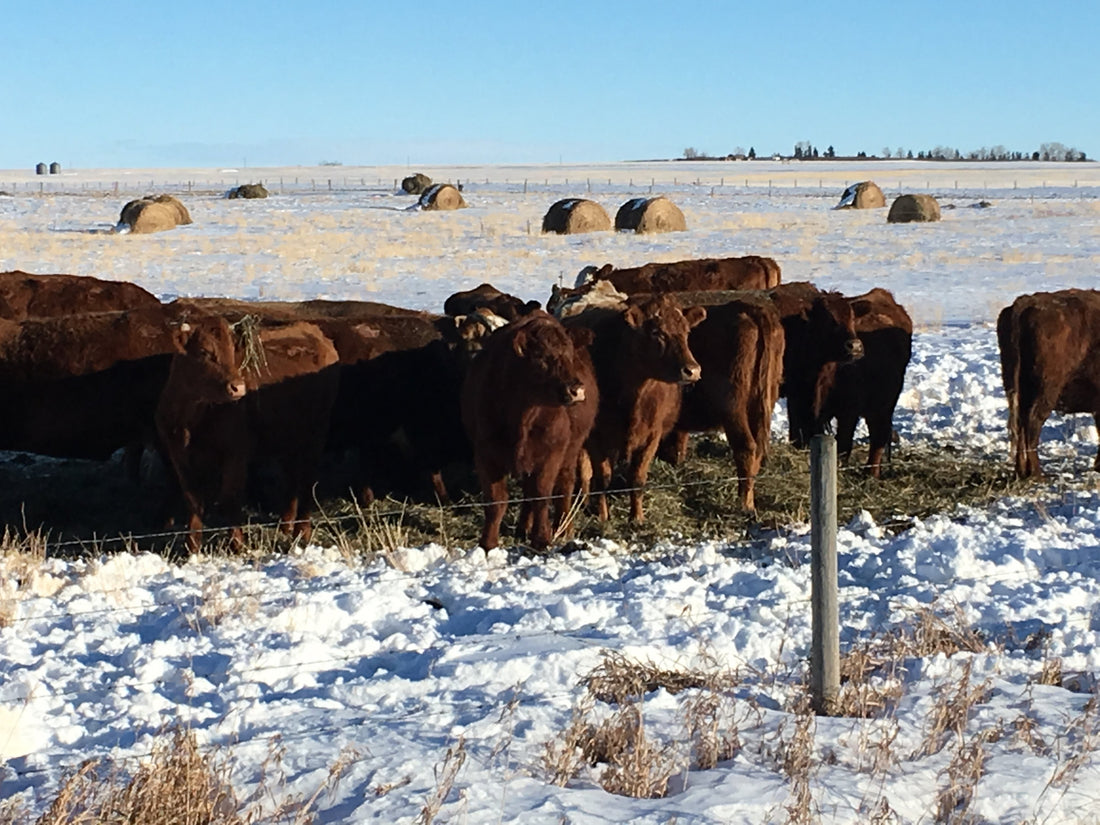Before farms were established and mono-agriculture began, there were animals that were grazing and moving across the land. An animal would come take a bite of a plant and then move on. That is what we are trying to recreate when we move our cattle using electric fencing wires. When an animal takes a bite of a plant, the plant releases root exudates that attract microbiology that the plant uses to regrow. We allow our cattle to graze a piece of pasture for a short time, then move them, and do not return the cattle to that piece of land for, sometimes, as long as a year. This allows the forage grass to recover and regrow, all while pumping large amounts of carbon out of the environment and into the soil! It helps the cattle to densely fertilize one area at a time organically with their manure, returning valuable microbiology to the soil. When the herd walks across the grass and tramples it down the soil is protected from erosion and heat that can negatively impact the root structure of the plants and the microbiology living in the soil. This process is a regenerative agriculture practice called rotational grazing and it is a practice we continue in the winter with bale grazing.
We use bale grazing in the winter, because the grass can be covered by snow for up to 6 months at a time. In the Fall, we cut and bale pasture grass. This grass dries and becomes what we call hay. Once the bales are made, we leave them in the field. We use electric fencing to set up paddocks in that pasture and move the cattle herd from paddock to paddock as they eat the bales. This eliminates the need to start up our tractor and move the bales from our hay yard everyday. Instead, we can use our quad, drive out to the field, and take down the electric wire. Any feed that the cattle do not eat is not wasted, because the cows naturally spread it around as they walk over it, providing the same soil shelter that the trampled pasture grasses mentioned above do. This also allows the cattle to fertilize the hay fields through the winter.
After the cattle have moved to the new paddock, Eric will drive the perimeter and ensure each animal is happy and healthy.

